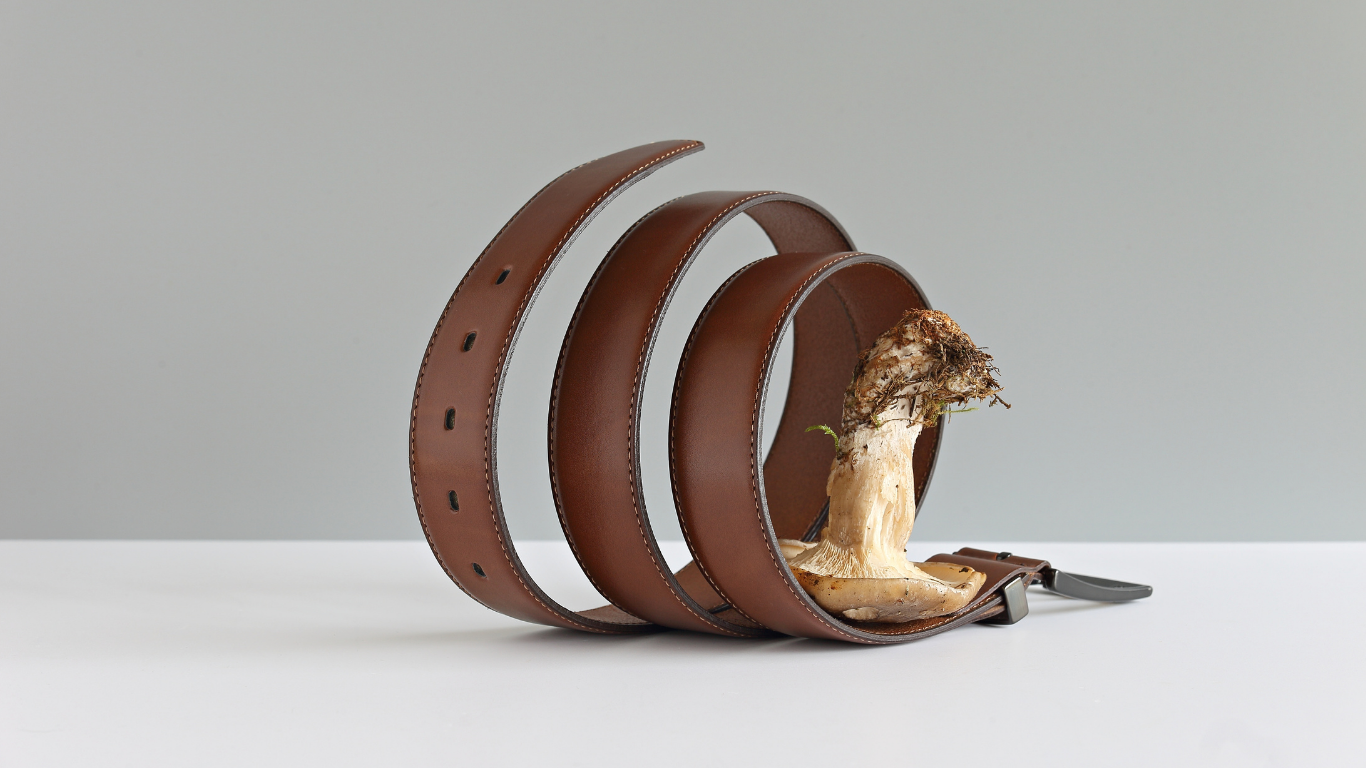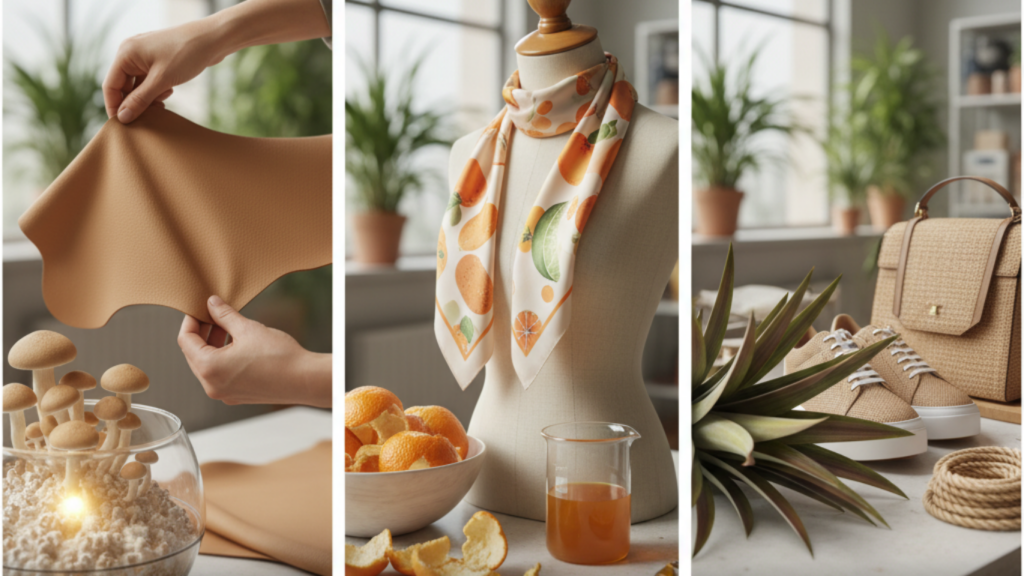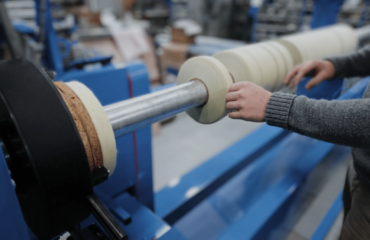Fashion is changing—and fast. Today, being eco-friendly isn’t just a trend. It’s a smart move. People care more about the planet, and they want clothes made responsibly. That’s where fabric innovation comes in. It’s helping fashion brands create better materials and use smarter machines to make clothes in cleaner ways.
Let’s explore how new fabrics and modern machines are working together to build a more sustainable fashion industry.
New Materials, New Possibilities
For years, most clothes were made from cotton or polyester. These materials use a lot of water, chemicals, and energy. But now, designers are using things like fruit peels, mushrooms, and even carbon from the air to make fabric.
Here are a few examples:
- Mylo: A soft, leather-like material made from mushroom roots. It feels like real leather but is biodegradable and doesn’t harm animals.
- Orange Fiber: Made from leftover citrus peels. It’s silky and smooth, perfect for dresses and scarves.
- Piñatex: Created from pineapple leaves. It’s strong and flexible, often used in shoes and bags.
These new fabrics are stylish, durable, and better for the environment. They break down naturally and don’t need as many resources to produce. People want to know where their clothes come from, and brands are responding with cleaner, smarter choices.
Machines That Make It Happen
These cool new fabrics wouldn’t exist without the right machines. Today’s textile machines are smarter and greener than ever. They use less water, less energy, and fewer chemicals.
Let’s break down what these machines do:
- Dyeing machines with closed-loop systems: These machines clean and reuse water during the dyeing process. That means less pollution and lower water bills.
- Spinning machines with smart sensors: These sensors adjust the yarn tension automatically. This helps reduce waste and keeps the fabric smooth and strong.
- Aluminum extrusion frames: These lightweight frames make machines faster and easier to maintain. They also use less energy during production.
This is where fabric innovation meets smart engineering. By using better materials and better machines, factories can make high-quality clothes while protecting the planet.
Why Going Green Is Good for Business
Being sustainable isn’t just good for the Earth—it’s good for business too. Brands that use fabric innovation often save money and attract more customers.
Here’s how:
- Lower energy costs: Machines that use less electricity help reduce monthly bills.
- Fewer labor expenses: Automated systems do more work with fewer people, saving time and money.
- Longer-lasting products: Strong, recyclable fabrics mean fewer returns and happier customers.
Also, governments are starting to set stricter rules about waste and pollution. Companies that switch to cleaner methods now will be ready for the future—and avoid fines or delays.
Recycling Clothes: The Circular Fashion Idea
One of the coolest parts of fabric innovation is how it helps with recycling. Instead of throwing old clothes away, companies can now turn them into new fabric.
Here are some exciting developments:
- Fiber-to-fiber recycling: This process breaks down old clothes and spins them into fresh yarn. It keeps materials in use and out of landfills.
- Carbon capture polyester: Some companies are turning carbon dioxide from factory smoke into polyester fabric. It’s a smart way to clean the air and make clothes.
- Lab-grown cotton: Scientists are growing cotton in labs without using farmland or pesticides. It’s clean, safe, and doesn’t harm the soil.
These ideas are already being tested in places like Europe and Asia. They help reduce trash, save resources, and even create new jobs.
Working Together to Make It Work
To make all this happen, people across the fashion world need to team up. Garment manufacturers, fabric developers, and clothing brands must share ideas and work together.
Here’s what that looks like:
- Engineers designing new machines: These machines can handle unusual fabrics like mushroom leather or pineapple fiber.
- Designers experimenting with new styles: They’re testing how these new materials feel, look, and move.
- Factory owners rethinking production: They’re changing how they plan, cut, and ship products to reduce waste and save money.
This teamwork is what makes fabric innovation so powerful. It’s not just about one product—it’s about changing the whole system.
Fashion Innovation is Growing Every Day
If you’re a garment maker, designer, or business owner, this is your moment. The tools are ready. The materials are here. And the demand for sustainable fashion is growing every day.
“At Svegea, we believe fabric innovation is the heartbeat of modern fashion. That’s why we’re constantly evolving our machinery—making it smarter, cleaner, and more adaptable—so garment and textile manufacturers can stay ahead in a fast-changing industry.” — Hakan Steene, Managing Director of Svegea of Sweden
Reach out to Hakan Steene at h.steene@svegea.se to explore how Svegea’s textile machinery can help you lead the way. Whether you’re upgrading your factory or starting fresh, Svegea offers smart solutions that fit your goals—and your budget.





